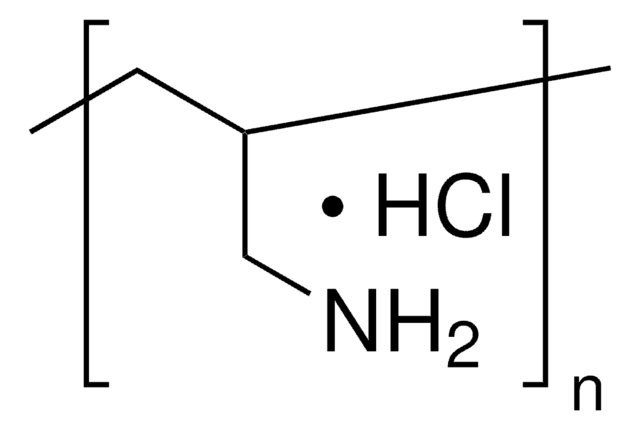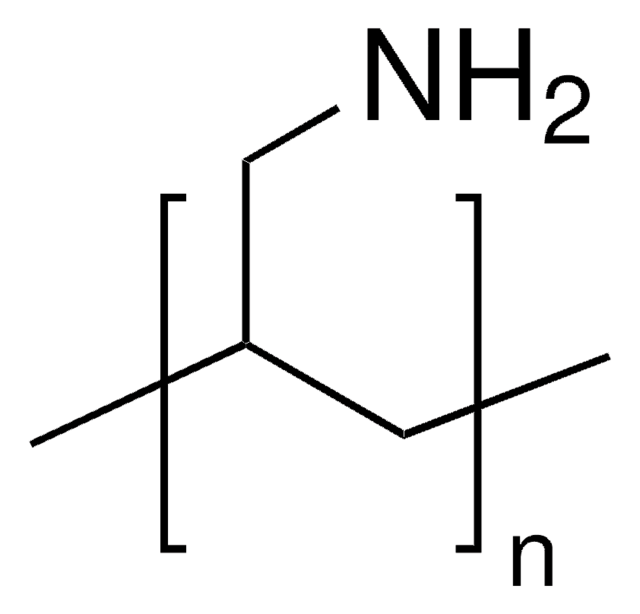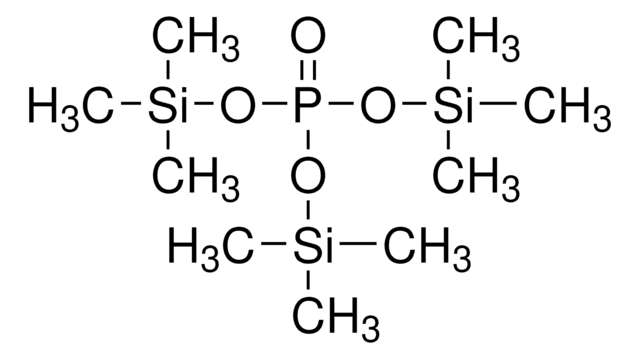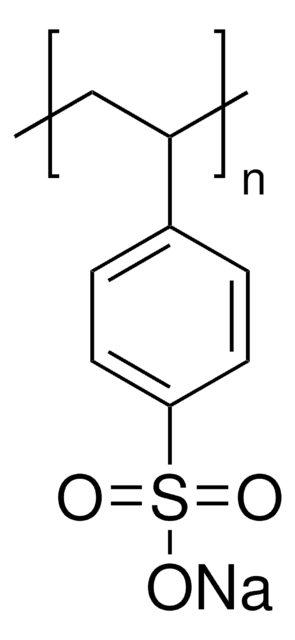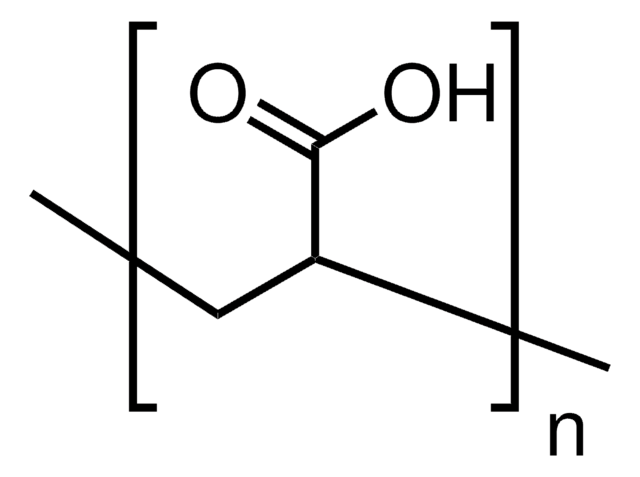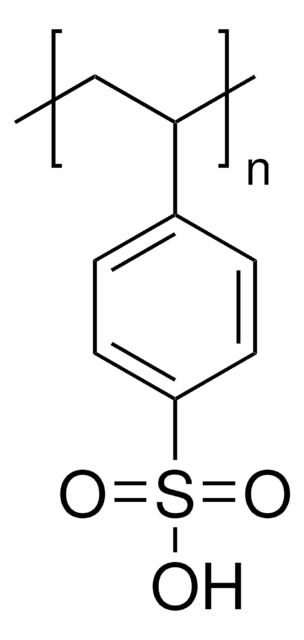283215
Poly(allylamine hydrochloride)
average Mw ~17,500 (GPC vs. PEG std.)
Synonyme(s) :
PAA HCl, PAH
About This Item
Produits recommandés
Forme
solid
Niveau de qualité
Poids mol.
average Mw ~17,500 (GPC vs. PEG std.)
Chaîne SMILES
Cl.NCC=C
InChI
1S/C3H7N/c1-2-3-4/h2H,1,3-4H2
Clé InChI
VVJKKWFAADXIJK-UHFFFAOYSA-N
Vous recherchez des produits similaires ? Visite Guide de comparaison des produits
Catégories apparentées
Description générale
Application
- Chitosan/PAH polymer blend films by solution casting technique. These films can be employed in injectable drug delivery systems and tissue generation.
- Cross-linked amino-modified graphene oxide for the removal of Cr(IV) from aqueous solutions.
- Polyelectrolyte multilayers(PEMs) by the layer-by-layer method. These PEMs can be used to prepare controlled drug delivery systems and coatings with controlled cell adhesion properties.
Caractéristiques et avantages
- Excellent environmental stability
- Water-soluble
- Low cost
Mention d'avertissement
Warning
Mentions de danger
Conseils de prudence
Classification des risques
Acute Tox. 4 Oral - Skin Sens. 1
Code de la classe de stockage
11 - Combustible Solids
Classe de danger pour l'eau (WGK)
WGK 1
Point d'éclair (°F)
Not applicable
Point d'éclair (°C)
Not applicable
Équipement de protection individuelle
dust mask type N95 (US), Eyeshields, Faceshields, Gloves
Faites votre choix parmi les versions les plus récentes :
Déjà en possession de ce produit ?
Retrouvez la documentation relative aux produits que vous avez récemment achetés dans la Bibliothèque de documents.
Les clients ont également consulté
Articles
Our research impacts on the hydrogen energy economy through the development of “smart” nanofilms for the protection of metal hydrides against air and moisture, while permitting release of hydrogen gas through these semi permeable nanofilms.
Recently, layer-by-layer (LbL) assembly has emerged as a versatile, gentle and, simple method for immobilization of functional molecules in an easily controllable thin film morphology.1,2 In this short review, we introduce recent advances in functional systems fabricated by using the mild, yet adaptable LbL technique.
We present an article that discusses two applications in particular; first, using these layers as polyelectrolyte membranes to control permeability.
Notre équipe de scientifiques dispose d'une expérience dans tous les secteurs de la recherche, notamment en sciences de la vie, science des matériaux, synthèse chimique, chromatographie, analyse et dans de nombreux autres domaines..
Contacter notre Service technique